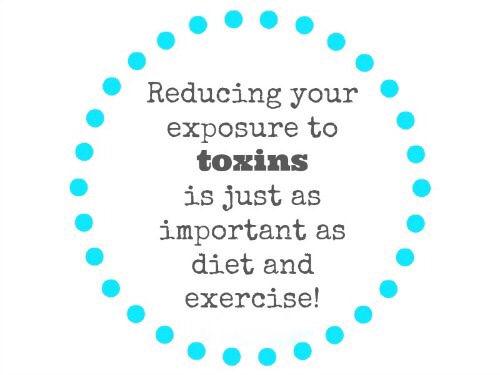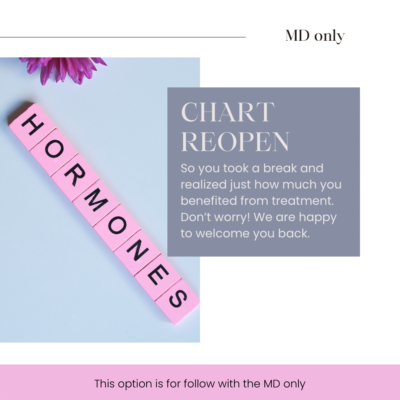
Gluten Free, Rice Free?
The Challenge
Gluten free, corn free and now rice free?
By now we have all heard about being gluten free either by fad, by choice or by necessity. Some of you may also know the dangers of switching to corn, especially GMO corn which can be equally as detrimental. What you may not have heard is rice is also a major player in the gluten free game.
So whats the problem with rice? Arsenic. Don’t think it is affecting you? Well it could be mimicking gluten sensitivity and seeing as it is affecting m millions of people worldwide I would say chance are it could be an issue in your diet. Arsenic exposure can come from multiple sources. There are both organic and inorganic arsenic so knowing the difference may help.
Organic arsenic: (arsenobentaine and arsenocholine) – these forms are relatively non toxic and prominently found in seafood. They are excreted from the body via the kidneys.
Inorganic arsenic (Trivalent or As III) – This form or arsenic is the real danger, and it is the form commonly found in rice based products. It exerts damage by interfering with at least 200 different enzyme systems in the body. Many of these are critical in producing energy and regulating DNA. It is also a known human carcinogen (causes cancer). Constant exposure to even low levels of arsenic can cause systemic multi-organ disease and damage including the liver, kidney, heart, lung, muscles, nervous system, and GI tract (are you seeing a trend here)? this specific type comes from rice (especially brown rice), contaminated drinking water, pesticides, insecticides, and fungicides. It is important to note that even organically grown rice can contain high levels of arsenic, because it can be found at high levels in soil depending on where it is grown.
Does this mean it should be avoided entirely? I prefer to cut it out of my diet whenever possible, especially if there is a methylation issue (gene mutation).
For the newbies out there choosing a rice substitute may seem easy, but the issue lies in the fact that you are already suffering damage from gluten making you more susceptible to damage by arsenic when you transition to these gluten free substitutes.
Fun fact: rice contains gluten! It is also a factor in raising blood sugar levels which is not ideal (high glycemic)
Arsenic can also be found in the following: grains (and grain based products), bottled water, coffee, processed juice, and beer. According to an investigation from Consumer Health Reports, the highest levels of this toxic metal are found in rice (especially brown rice).
The Solution
This applies to all rice even the non gmo and organic ones as arsenic is found in the soil and transfers over in the growth stage. What you could opt for is WILD rice. You see wild rice is actually not rice at all but rather marsh grass. How cool is that?
So what are some pf the symptoms of arsenic poisoning? They tend to overlap and manifest in much the same way as gluten. Many have experienced neuropathy, epileptic seizures, heart damage (cardiomyopathy), abdominal pain, severe diahhrea, skin rashes, nausea, and those common white bands/ridges across the nails.
So what do you do if you think this might be happening? Unfortunately there is no universally agreed upon treatment. What you need to understand is that inorganic arsenic needs to go through a methylation reaction in the liver prior to being excreted by the kidneys, this is why supporting all our systems is so important especially if you suffer from a genetic methylation issue such as MTHFR gene mutation. This puts you at greater risk of arsenic toxicity. Chelation is a preferred method amongst this of us in the functional medicine community by simply incorporating a number of natural chelating agents into your diet you can be on the right track to health. This means they help to bind to toxic metals and remove them from the body. My preference is always food based, such as garlic, cilantro, parsley, broccoli, watercress, and onion. I love juicing with many of these, adding in some chlorella in supplement form to get some extra bang for your buck. Foods high in vitamin C will help as well, a personal fav is Camu Camu due to it being over 1000% higher in vitamin C content than oranges. Again I’m not a fan of anything synthetic so I prefer to stay away from vitamin C in supplemental form (ascorbic acid). Another good one is an addition of alpha lipoid acid (ALA) rich foods such as organ meat (especially red meat), yams, brussels sprouts, carrots, beets, spinach, and potatoes although only in small amounts. ALA is a powerful antioxidant which is vital to cellular energy production and of course being an anti-oxidant it helps fight free radicals.
As a side note, a great test to conduct when looking into gene mutations of any type is the 23&me test.
Want functional healthcare?
Holly Warner Health - Functional Health
Tired of being told everything is “normal” or that it’s “all in your head”? Take back control of your health. Go from sick-care to functional health. Book your consultation today.
We are the missing piece in your health puzzle. We offer diagnostic testing to find the deeper root cause but that isn’t the key to our success or yours… we take the time to listen, and THAT is the key to getting it right.







This is fantastic thank you for posting. I was rafting and didn’t know why and now I think it do! It’s the rice.
Normally I’m against killing but this article slaughtered my ignorance.
Free info like this is an apple from the tree of knowledge. Sinful?
Finding this post has anrsewed my prayers
Enjoyed every bit of your blog post.Really looking forward to read more. Want more.
I really like and appreciate your article post.Much thanks again. Really Great.
Thank you for every one of your hard work on this blog. My aunt take interest in making time for research and it’s easy to understand why. My spouse and i know all relating to the lively mode you present reliable solutions by means of the blog and as well attract response from other people about this content plus our daughter has always been starting to learn a whole lot. Have fun with the remaining portion of the year. You are conducting a first class job.
“Great Blogpost! Hi there! This is my first comment here so I just wanted to give a quick shout out_ and tell you I genuinely enjoy reading through your posts. Can you recommend any other blogs/websites/forums that deal with the same topics?”
Good day! I simply want to give an enormous thumbs up for the nice info you have right here on this post. I can be coming again to your weblog for extra soon.
Thank you a lot for giving everyone remarkably brilliant chance to read in detail from this website. It is always so good and jam-packed with fun for me and my office acquaintances to visit your web site the equivalent of 3 times weekly to learn the latest items you have. And indeed, we’re usually fulfilled with the remarkable tips and hints you give. Some 2 ideas in this post are clearly the most impressive we’ve ever had.